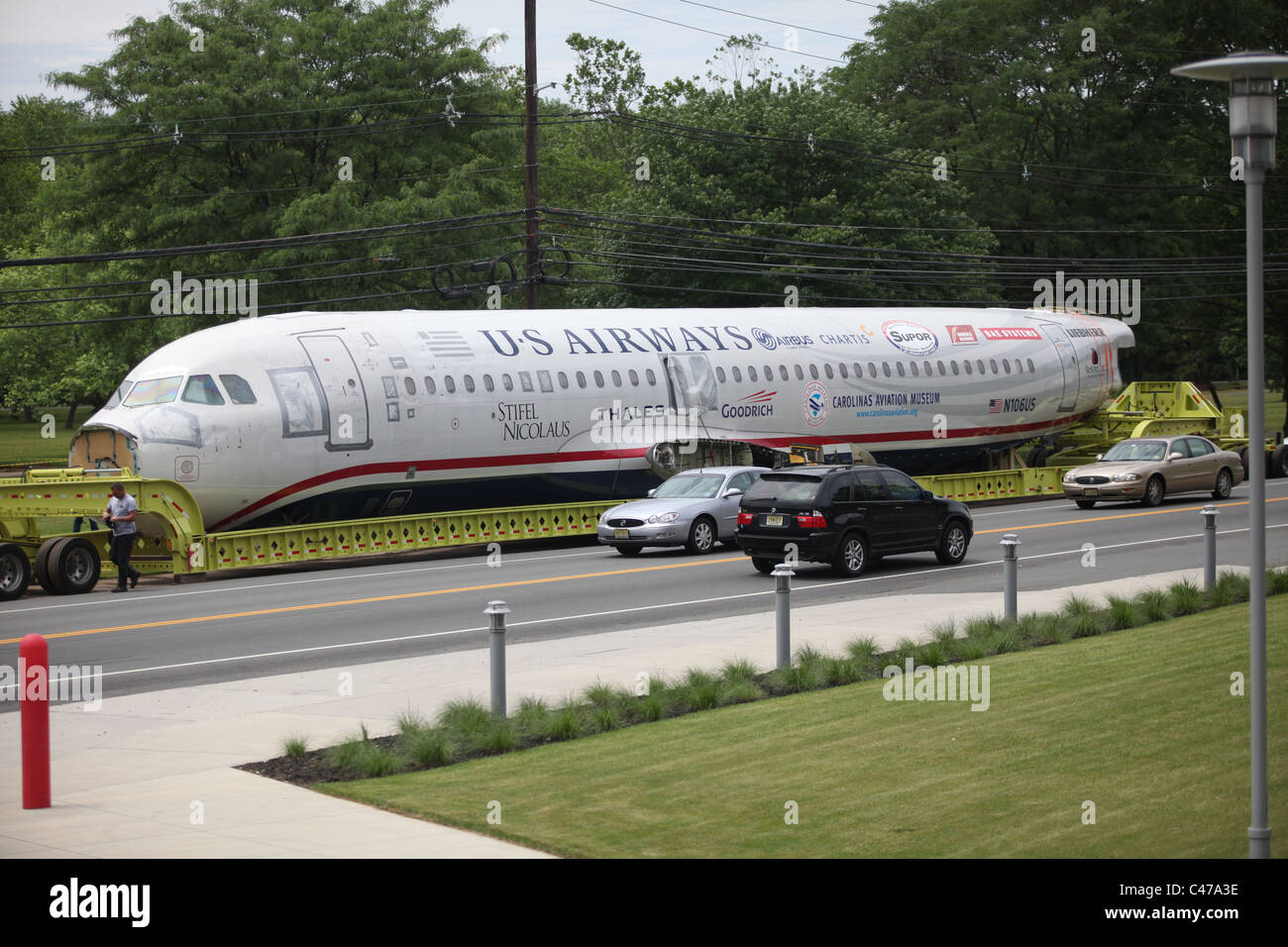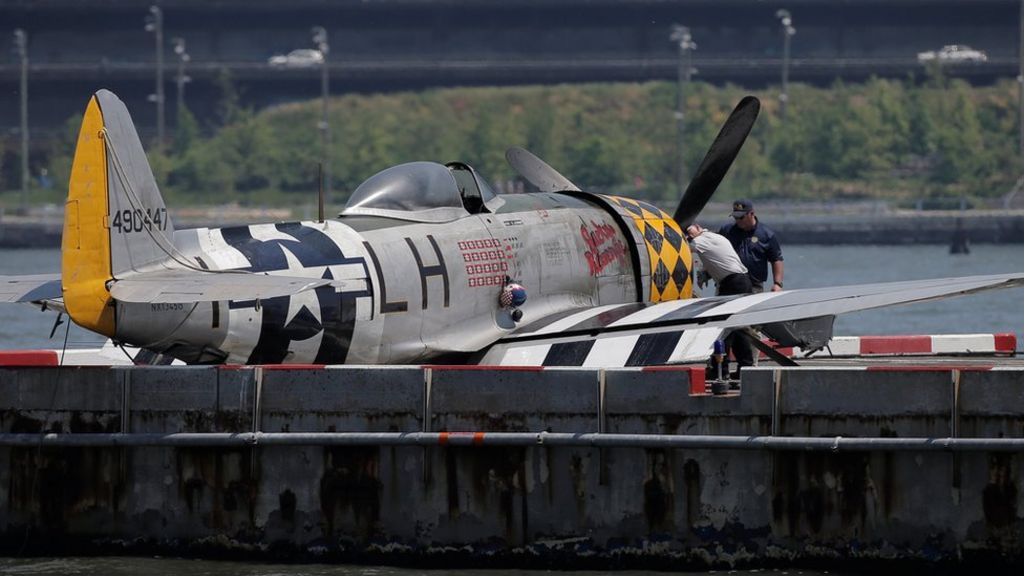On January 15, 2009, the world watched in awe as US Airways Flight 1549 made an emergency landing on the Hudson River. This remarkable event, often referred to as the "Miracle on the Hudson," captured global attention and remains one of the most iconic aviation stories in history. The aircraft landed in the Hudson River after encountering a flock of geese shortly after takeoff, causing both engines to fail. Thanks to the quick thinking and skill of Captain Chesley "Sully" Sullenberger and his crew, all 155 passengers and crew members survived this harrowing ordeal.
The aircraft landed in the Hudson River under extraordinary circumstances, becoming a symbol of human resilience and ingenuity. The incident demonstrated the importance of training, teamwork, and calm decision-making in high-pressure situations. As the world witnessed the dramatic rescue efforts involving ferry boats, emergency services, and bystanders, the story of Flight 1549 became a testament to human bravery and collaboration.
This article delves into the details of the aircraft landing in the Hudson River, exploring the events leading up to the incident, the remarkable response from emergency services, and the lasting impact it has had on aviation safety. Through an examination of the facts, firsthand accounts, and expert analysis, we aim to provide a comprehensive understanding of this historic event.
Read also:Unveiling The Charm Of Surfing Goat Dairy Kula A Maui Paradise
What Happened During the Aircraft Landed in Hudson River?
The story of the aircraft landing in the Hudson River began on a routine flight from LaGuardia Airport in New York City to Charlotte, North Carolina. Just three minutes into the flight, the plane struck a flock of Canada geese, causing catastrophic damage to both engines. Captain Sully and First Officer Jeffrey Skiles quickly assessed the situation and made the critical decision to land the plane on the river rather than risk returning to the airport or attempting an emergency landing elsewhere.
The decision to land the aircraft in the Hudson River was not made lightly. It required precise calculations and an understanding of the plane's capabilities in such an extreme situation. The crew's ability to remain calm under pressure and communicate effectively with air traffic control and each other played a crucial role in the successful outcome of the event.
Why Did the Aircraft Landed in Hudson River?
Many have wondered why the aircraft landed in the Hudson River instead of other options. The decision was based on several factors, including the proximity of the river, the condition of the aircraft, and the safety of the passengers. Landing on water presented its own set of challenges, but it was deemed the safest option given the circumstances.
Experts later analyzed the incident and concluded that the decision to land on the river was the best possible choice. The water provided a relatively smooth surface, reducing the risk of a catastrophic crash. Additionally, the presence of numerous boats in the area facilitated a swift and efficient rescue operation.
How Did the Crew React to the Aircraft Landed in Hudson River?
The crew's reaction to the aircraft landing in the Hudson River was nothing short of heroic. Captain Sully's leadership and experience were instrumental in guiding the plane to safety. First Officer Skiles assisted in maintaining communication with air traffic control and managing the aircraft's systems. Together, they executed a flawless landing, earning widespread praise for their professionalism and composure.
- Captain Sully's calm demeanor reassured passengers during the emergency.
- The crew followed emergency protocols to the letter, ensuring the safety of everyone on board.
- Passengers reported feeling confident in the crew's ability to handle the situation.
Biography of Captain Chesley "Sully" Sullenberger
Captain Chesley "Sully" Sullenberger is a legendary figure in aviation history, best known for his role in the "Miracle on the Hudson." Before the incident, Sully had already established a distinguished career as a pilot and safety advocate.
Read also:Understanding The Crucial Role Of The Secretary Of State In Modern Governance
| Full Name | Chesley B. Sullenberger III |
|---|---|
| Date of Birth | January 23, 1951 |
| Place of Birth | Denton, Texas, USA |
| Occupation | Commercial Pilot, Safety Advocate, Author |
| Education | U.S. Air Force Academy, Purdue University |
Who Was Responsible for the Aircraft Landed in Hudson River?
The responsibility for the aircraft landing in the Hudson River ultimately lies with the entire crew of Flight 1549, led by Captain Sully. However, it is important to recognize the contributions of all individuals involved in the rescue operation, including emergency responders, ferry boat operators, and bystanders who assisted in the evacuation of passengers.
What Were the Aftermath and Lessons Learned from the Aircraft Landed in Hudson River?
The aftermath of the aircraft landing in the Hudson River led to significant changes in aviation safety protocols. Investigations into the incident highlighted the importance of bird strike prevention and engine design improvements. Additionally, the event underscored the value of ongoing training and preparedness for pilots and crew members.
How Did the Rescue Operation Unfold After the Aircraft Landed in Hudson River?
Following the aircraft's landing in the Hudson River, a massive rescue operation was launched involving multiple agencies and volunteers. Ferry boats, water taxis, and emergency response teams quickly converged on the scene, working together to evacuate passengers and crew from the submerged plane. The swift response was crucial in ensuring that everyone on board survived the ordeal.
What Were the Key Factors That Contributed to the Success of the Aircraft Landed in Hudson River?
Several key factors contributed to the success of the aircraft landing in the Hudson River. These include:
- Captain Sully's exceptional piloting skills and decision-making abilities.
- The crew's adherence to emergency procedures and effective communication.
- The timely intervention of rescue teams and the cooperation of bystanders.
Why Is the Aircraft Landed in Hudson River Considered a Miracle?
The aircraft landing in the Hudson River is often referred to as a miracle because of the extraordinary circumstances surrounding the event. The combination of skill, luck, and teamwork resulted in the safe evacuation of all passengers and crew, despite the dire situation. This outcome defied the odds and remains a testament to human resilience and determination.
Conclusion: The Lasting Legacy of the Aircraft Landed in Hudson River
The aircraft landing in the Hudson River will forever be remembered as a defining moment in aviation history. It serves as a powerful reminder of the importance of preparedness, teamwork, and leadership in overcoming adversity. As we continue to learn from this remarkable event, the legacy of the "Miracle on the Hudson" endures, inspiring future generations of pilots and aviation professionals.
Table of Contents
- What Happened During the Aircraft Landed in Hudson River?
- Why Did the Aircraft Landed in Hudson River?
- How Did the Crew React to the Aircraft Landed in Hudson River?
- Biography of Captain Chesley "Sully" Sullenberger
- Who Was Responsible for the Aircraft Landed in Hudson River?
- What Were the Aftermath and Lessons Learned from the Aircraft Landed in Hudson River?
- How Did the Rescue Operation Unfold After the Aircraft Landed in Hudson River?
- What Were the Key Factors That Contributed to the Success of the Aircraft Landed in Hudson River?
- Why Is the Aircraft Landed in Hudson River Considered a Miracle?
- Conclusion: The Lasting Legacy of the Aircraft Landed in Hudson River


